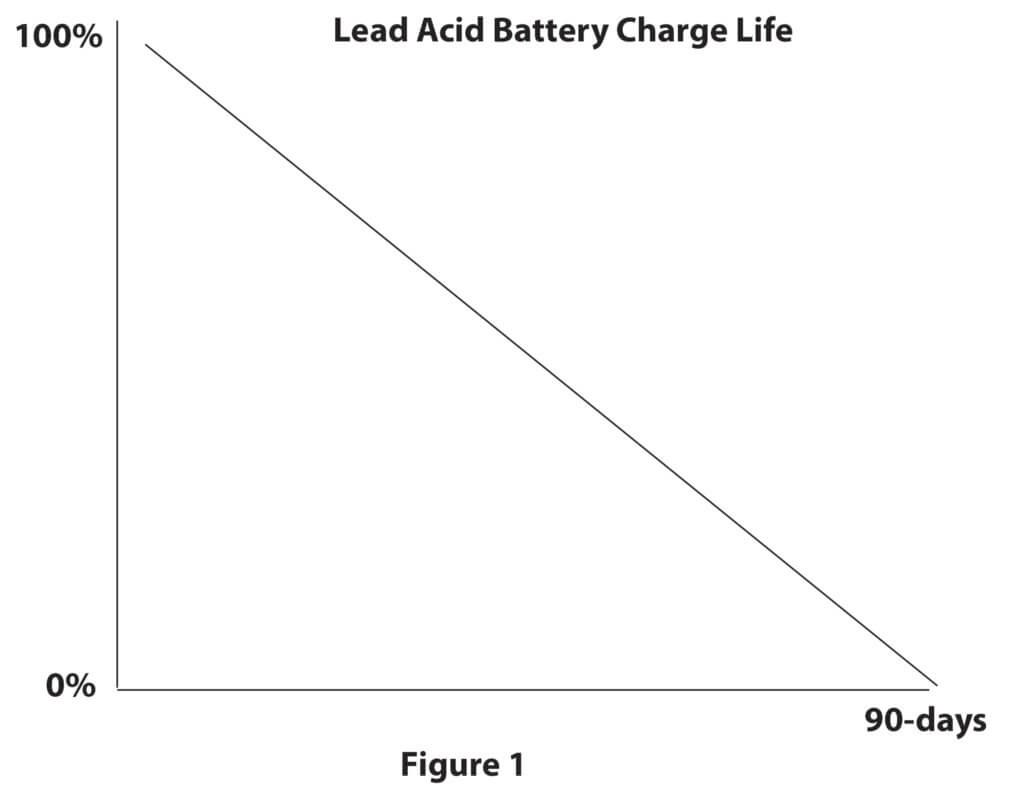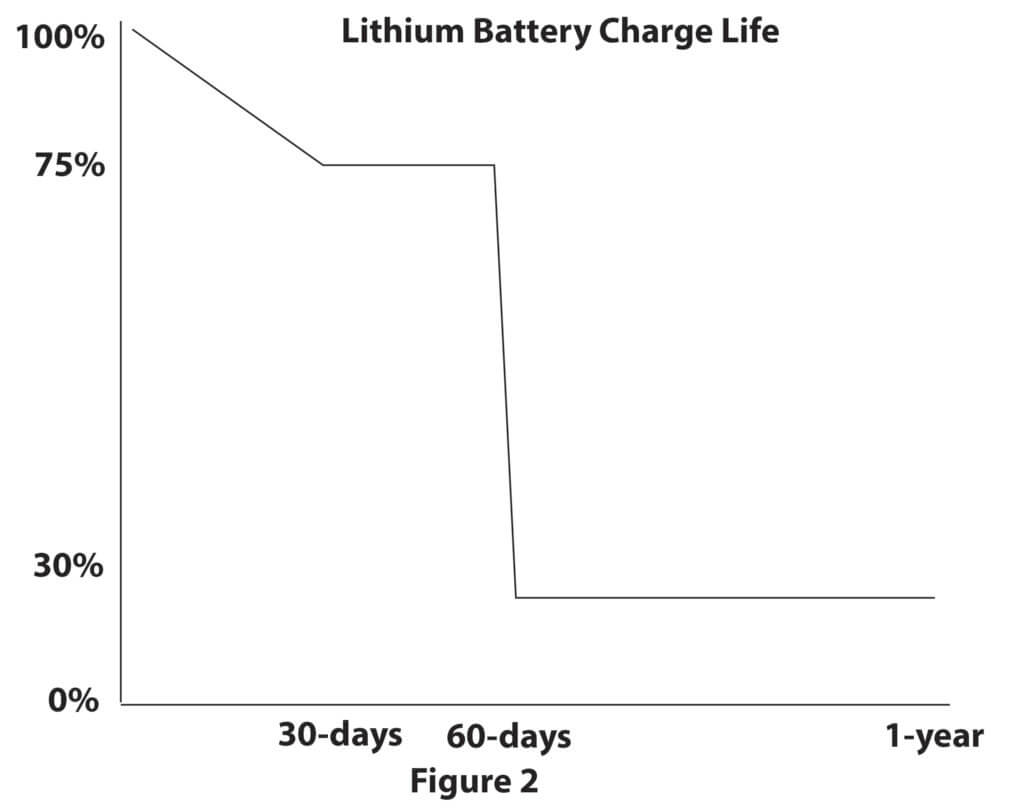How to use a jumper pack
How to use a jumper pack to get the best results
A jumper pack is not a battery charger. It’s designed to give a boost to a discharge, but not dead car battery. If you improperly use a jumper pack, you can permanently damage it. Here are some tips on how to properly use a jumper pack.
Keep your jumper pack charged
Your jumper pack may contain a lead acid battery (usually an absorbed glass mat [AGM) or lithium style battery. Both types self discharge when left unused. Lead acid batteries, for example, self-discharge at up to 1% per day in warm weather. So, it’s important to charge it once a month to keep it at peak performance for jump starting. Lithium jumper packs have a different self discharge rate. Lithium jumper pack manufacturers claim their lithium battery hold a charge for a year. That’s incredibly misleading. Here’s why.
Lithium battery charge retention claims are misleading
Generally speaking, lithium batteries tend to drop to 75%-80% of a full charge within the first 30-days after charging. They then stay at that level for a while before dropping to around 30% after 60-180 days. Then they remain at 30% for about a year. That’s what the jumper pack manufacturers base their claim on, it hold a charge for up to a year, but it’s only 30% of the charge. So don’t think you can throw this in your truck for a year and expect it to perform at 100%.
Things change when it gets cold though
In addition to time since charge, both battery types produce less power when they’re stored in extremely cold conditions like the trunk of your car in winter. However, lithium batteries lose their charge much faster than lead acid batteries when stored in very cold or very hot storage conditions.
In other words, no matter which type of jumper pack you own, you must keep it charged and keep it warm in order to get the most jumping power from it when you need it.
Limit cranking to 6-second periods
Generating enough power to crank an engine causes the jumper pack to heat up very quickly, so cranking time must be limited to 6-second periods, with a 3-minute cooling off period between tries. That’s especially important on lithium jumper packs since overheating can cause a runaway fire condition. To prevent fire, many lithium jumper packs automatically shut down after a 6-second cranking period to prevent the battery from overheating. Read the instructions on your pack to determine the recommended cooling off period.
Warning: Using the jumper pack to crank an engine for long periods can overheat the jumper pack and damage it.
Disconnect the cables immediately after jumping
Once the dead vehicle is up and running, don’t make the mistake of leaving the cables connected. Many DIYers think they can recharge the jumper faster by leaving it connected to the running engine. However, the voltage of a running engine is much higher than the recommended recharging voltage for a lithium battery.
Recharging your jump starter from a running engine can cause it to overheat, resulting in battery failure. In fact, some lithium style battery packs will shut down completely if left connected on a running engine
Avoid reverse polarity
Take the time to double check the polarity of the battery terminals before connecting your jumper pack. Reversing polarity can immediately blow fuses and possibly damage your jumper pack. DON’T GUESS! Use a rag and wipe off the top of the battery so you can see the polarity marking near the POSITIVE (+) terminal. Or, connect to the factory positive post under the hood if the battery is stored elsewhere. Always connect the negative jumper pack cable to a good ground point on the engine.
Clean your jumper pack cables after use
Corrosion buildup on battery terminal posts is not uncommon for discharged batteries. After using your jump starter make sure you clean off any corrosion that has transferred to your clamps.
How quickly does your starter pack lose its charge?
AGM batteries lose their charge in a linear fashion (see Figure 1), while lithium batteries tends to self discharge in stages (see Figure 2). Leaving either battery type in a discharged state for long periods can cause permanent damage.


How often to charge your jump starter depends on use and storage conditions
When used to jump a vehicle
Charge your jumper pack after every use.
WARNING: Leaving your jumper pack in a discharged state after use will cause permanent damage to the battery.
When stored indoors
Charge it at least once every 3 months.
When stored in a cold vehicle
Charge it at least once a month.
NOTE: Charging it more often than every 3 months will not harm it.
Storage: Storing your jump starter in moderate temperatures 50°F to 70°F will extend its charge and provide the most power when you need it.
©, 2021 Rick Muscoplat
Posted on by Rick Muscoplat